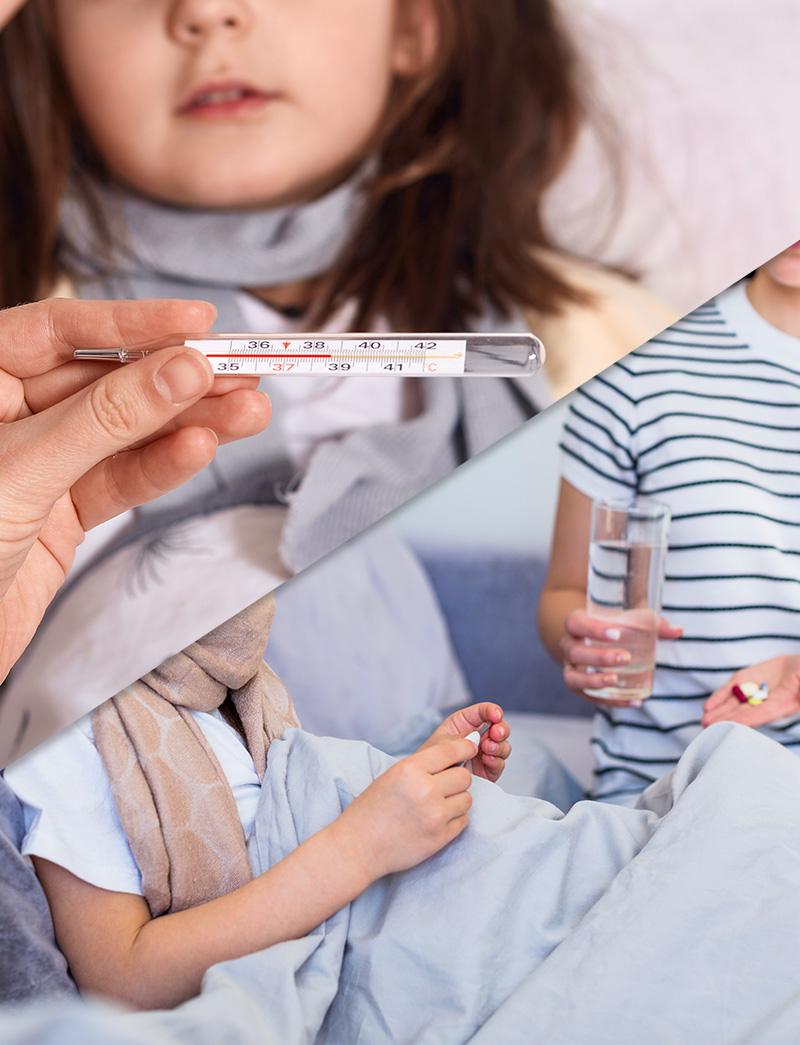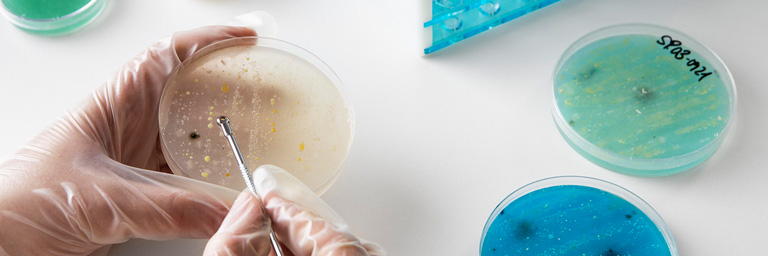Treatment of urinary tract infections in children
update of 2023
Published September 21, 2024
Update of 2023
Urinary tract infections in children
In case of fever, a urinary tract infection is found in 7.5% of girls under age of 3 months, 20% of uncircumcised boys, and 2.4% of circumcised boys.
After the age of 1 year, urinary tract infection affects girls more often than boys, with a peak frequency around 2 to 3 years.
A urinary dipstick positive for leukocytes or nitrites must precede the performance of a cytobacteriological examination of urine and any antibiotic therapy.

A high fever that is 39 to 40 C, chills, sweating, an alteration in general condition, and abdominal or lumbar pain are all signs that indicate acute pyelonephritis.
When there is a lower urinary tract infection or cystitis, the clinical symptoms in children are limited to vesical signs such as pollakiuria, burning on urination, hypogastric pain, and sometimes haematuria.
Diagnosis Confirmation :
We start with a urine analysis by reactive strips, looking for nitrites and leucocyturia. When these two tests are negative, the negative predictive value is close to 98%, while the positive predictive value is lower, at 75%.
If the test strip is positive, it is essential to systematically perform a cytobacteriological examination of the urine (CBUE) with an antibiogram to confirm a urinary infection.

Search for a pathology, an information…..
What is the treatment for urinary tract infections ?
Antibiotic treatment should be initiated immediately after the diagnosis is confirmed, without knowing the germ and antibiogram.
The initial choice of antibiotic therapy is guided by the understanding of the resistance profile of the urinary germs that are most frequently observed in the area.
After that the treatment is guided by direct bacteriological examination of the urine and the result of the antibiogram.

Whatever the initial treatment, and more important if it is an oral treatment, it is necessary to retrieve the result of the antibiogram as quickly as possible in order to adapt the treatment at the latest within 36–48 hours in case of resistant strain.




